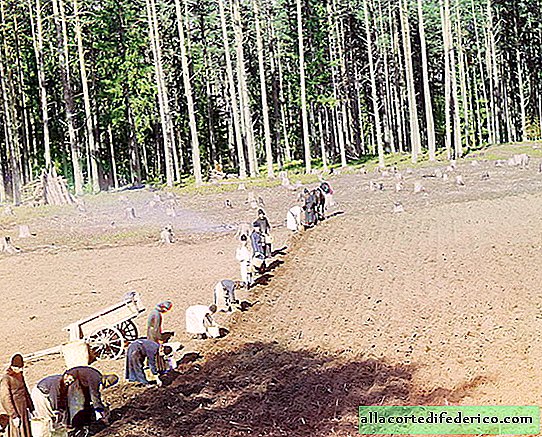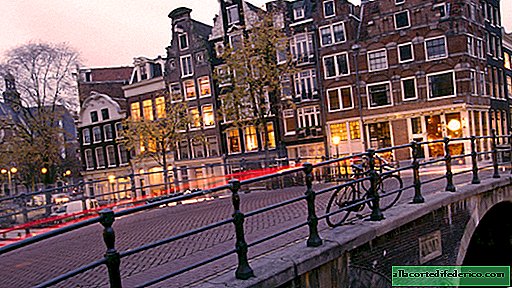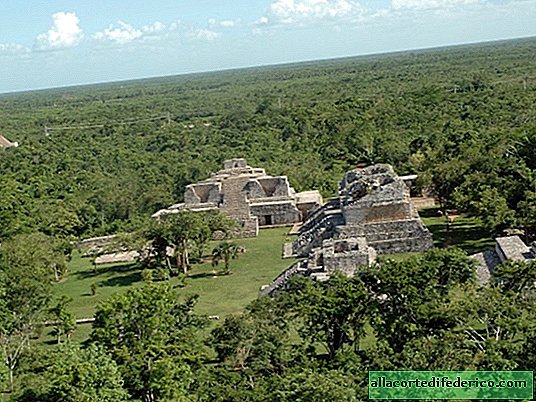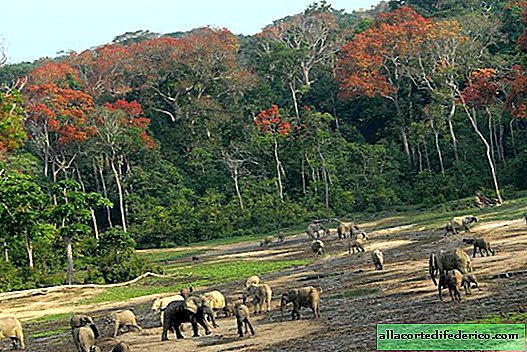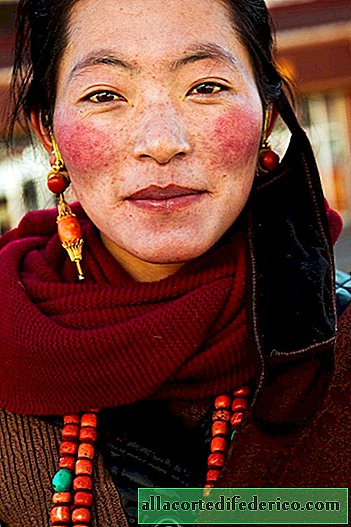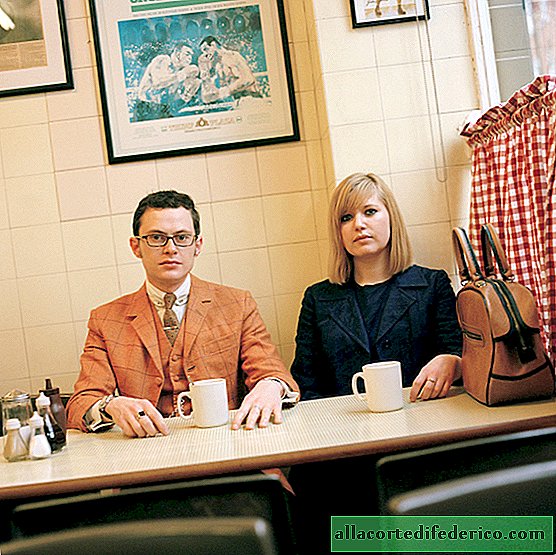Dyed fabric dating back 3,000 years spoke about the social structure in Canaan
It will be easy for historians to work with our era: it will be enough for our descendants to read the twitter of politicians, watch videos on the Internet, and even get into Wikipedia to have an idea of how we lived. Working with antiquity is much more difficult. Historians have to be almost Sherlock Holmes in order to determine the nuances of the past by the slightest “evidence”. One of these literally “scraps of history” was a piece of fabric that was chemically dyed about 3,000 years ago in the Arabian desert. Despite the apparent simplicity, scientists were able to extract a lot of valuable information from this shred.
Old school
The fabric samples found represent the earliest evidence of dyeing of textile materials in the region and were found on a large-scale copper smelter and in a nearby temple near the copper mines of the Timna Valley. According to preliminary estimates, they were painted around the XIII-X centuries. BC.
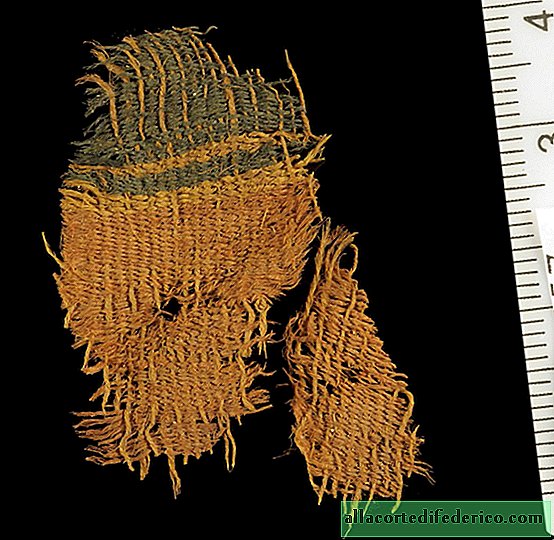
The study involves a complex coloring process, including the preparation of dyes from different types of plants. Using special substances, it was possible to ensure that the dyed fabric was resistant to washing. Similar plants were used a thousand years later by Roman tailors.
The found parts of wool and linen shed light on the complexity of the textile industry and show a deep hierarchy of society, depending on long-distance trade to support life in a ruthless desert.
Copper mages
What does the presence of such tissue mean? First of all, that in the society of that time there was a strict class division. This was clearly the period of the formation of the kingdom of Canaan, gaining strength instead of Egyptian hegemony. Scientists are sure that the elite prevailed in this society, which made every effort to dress in accordance with its “class” and had the means to participate in international trade for transporting textiles, as well as other materials and resources.

To force a large group of people to work in dangerous mines in the desert, you need a strong ruling party - the elite, which probably wore sophisticated clothes to stand out even more. The managers of smelters in those days could well be equated with magicians or priests, so they could also wear expensive fabrics.
Most importantly, textile dye testifies to trade with distant countries: in the local deserts, plants that dyed fabrics simply did not grow. Most likely, the fabric was brought from the valley of the Jordan River or northern Israel.


